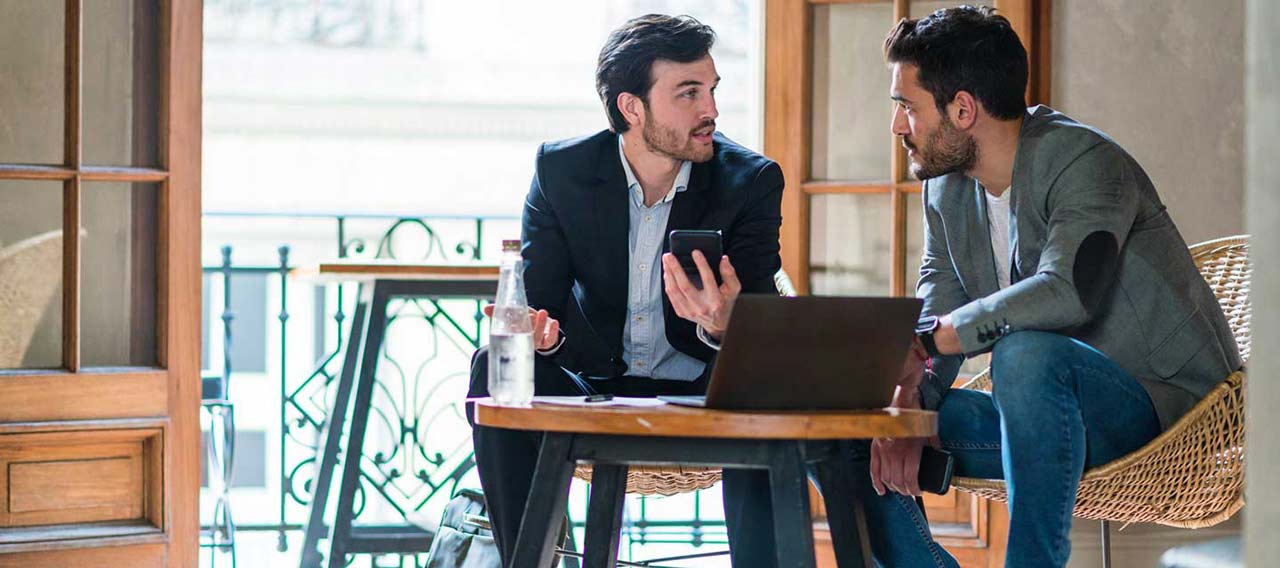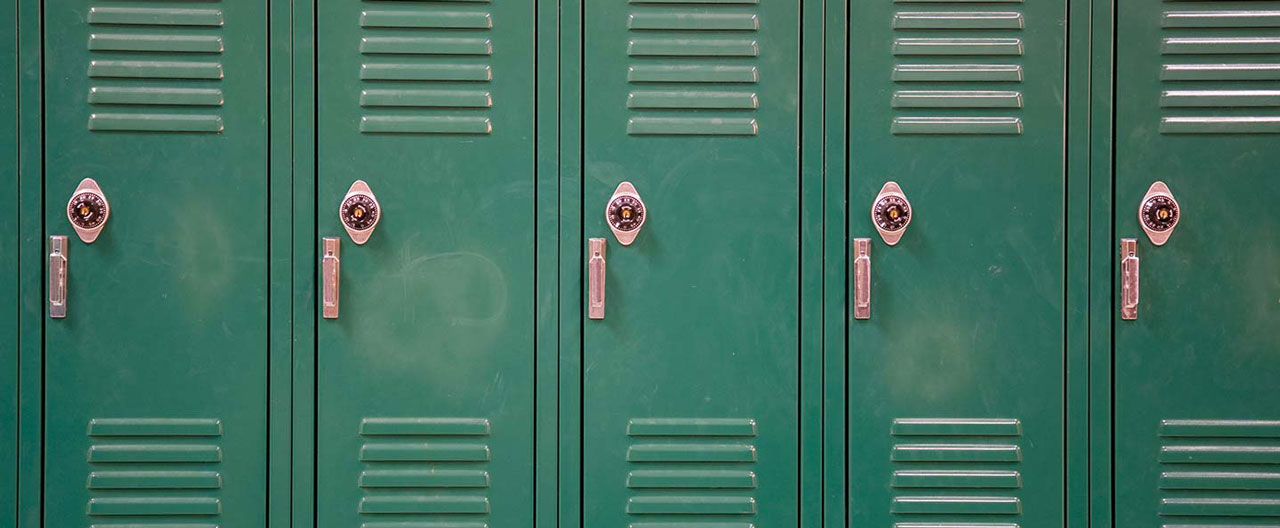Running any educational institution - from a small private elementary school to a magnet high school to a large public university—is a complex operation. School boards, administrators, and staff must support a school’s educational goals while protecting students, employees, and property.
Identifying risks to educational institutions
Accidents, mismanagement, and criminal actions—such as cyber attacks—can all place educational institutions at risk. Unaddressed risks can expose schools to financial losses, physical harm and reputational damage, as well as undermine a school’s ability to fulfill its academic mission.
Administrators and risk managers can mitigate their institution’s exposure by identifying risks, taking preventive actions, and working closely with insurance advisors to develop a comprehensive coverage package. In addition to addressing risks specific to education, schools must also protect against common risks faced by any enterprise.
Risks of student life
College provides new opportunities and experiences for millions of students every year. Students often live, work, and learn closely together. This environment, combined with new freedoms for young adults, can create risks; by identifying these risks, schools can put plans in place to limit their exposures.
- Student accidents. Students may be injured while participating in activities, such as sports or field trips, organized by their school or an affiliated group. Accidents can also happen in dorms, labs, and studios, especially when hazardous equipment is used. Students can be injured in vehicle accidents when they are traveling for school-sponsored activities, as well. Depending on the circumstances, schools may be held liable for injuries to students—or at least have to defend against claims relating to those injuries.
- Student health. Students can face health hazards during in-person classes and when living on campus. While many colleges and universities require students to carry their own health insurance, educational institutions can help prevent illnesses by supporting hygiene in living quarters and cafeterias. This includes food preparation safety best practices.
- Mental health. Educational institutions increasingly recognize their obligations to support students’ mental health.
- Study abroad. Students may face additional risks when they study abroad. Schools can provide enriching study abroad experiences, while also taking steps to safeguard against security and health risks related to foreign travel.

Risks of academic operations
School operations—from hiring to finance to data management—carry a range of risks. Administrators and risk managers seeking to limit exposure may want to consider the following areas:
- Hiring and promotion. Educational institutions can face claims of discriminatory employee practices in violation of numerous laws and regulations. Suits can be raised by faculty and staff. Even if a claim is not valid, the institution can incur legal defense costs and reputational damage.
- Cyber and data security risk. Educational institutions have special legal obligations to protect the privacy of their students’ personal information. At the same time, schools have increasingly faced hacking and cyber threats, where breaches can result in potential financial and reputational damage for the school.
- Special events and conferences. Educational institutions often host special events and conferences. These events can provide revenue and raise an institution’s profile, but they present risk and can result in losses if an attendee is injured or property is damaged.
- Financial malfeasance. Unscrupulous or criminal employees may exploit an educational institution’s complex financial operations. Whether an employee steals outright or engages in fraud, the costs can be high. Schools may want to consider ways to strengthen accounting safeguards, as well as insure against this type of loss.
- Reputational damage. Many types of events and incidents can damage an educational institution’s reputation, undermining its ability to attract students and financial contributions. A school should consider consulting with its insurance advisor to create a package policy that might help a school respond appropriately to a crisis and repair its reputation.
- Clinical trials. Research universities often participate in clinical trials. These institutions may face potential product liability, medical liability, and professional liability or errors and omissions risks, as well as exposures that may require highly specialized life sciences knowledge and underwriting expertise.
Don’t forget common enterprise risks
When it comes to risk management, it makes sense for educational institutions to focus on exposures that are specific to their sector. But colleges, universities, and K-12 schools also have operations—and risk exposures—that are common to most large enterprises. As you review your institution’s risks, you may to consider the following types of coverage:
- Workers' compensation
- Auto
- Property
- Cyber
- Equipment breakdown (Boiler Machinery)
- Financial lines
Protecting school property
The best way to limit loss or damage to property is to prevent costly incidents from happening in the first place, and educational institutions can benefit from working with risk engineers to identify and minimize property risks such as:
- Water damage – regular maintenance and new internet-connected leak detection sensors can help prevent severe water damage, which can cost an educational institution millions of dollars for a single incident.
- Vacant premises – When unforeseen events cause lengthy building closures, the risks to the property—such as freezing pipes, sprinkler malfunctions, fires, or break-ins can increase. It’s important to take steps to protect the premises until your business resumes full occupancy and operations.
- Mold and Legionella – A potential risk posed by buildings that have been shut down or have had limited use for an extended period is the development of hazardous mold and bacteria, including Legionella, which causes Legionnaires’ disease. Regular maintenance and thorough inspections and cleaning can help to protect employees and students from potentially harmful microbes.
Insights and expertise








This document is advisory in nature and is offered as a resource to be used together with your professional insurance advisors in maintaining a loss prevention program. It is an overview only, and is not intended as a substitute for consultation with your insurance broker, or for legal, engineering or other professional advice.
Chubb is the marketing name used to refer to subsidiaries of Chubb Limited providing insurance and related services. For a list of these subsidiaries, please visit our website at www.chubb.com. Insurance provided by ACE American Insurance Company and its U.S. based Chubb underwriting company affiliates. All products may not be available in all states. This communication contains product summaries only. Coverage is subject to the language of the policies as actually issued. Surplus lines insurance sold only through licensed surplus lines producers. Chubb, 202 Hall's Mill Road, Whitehouse Station, NJ 08889-1600.










